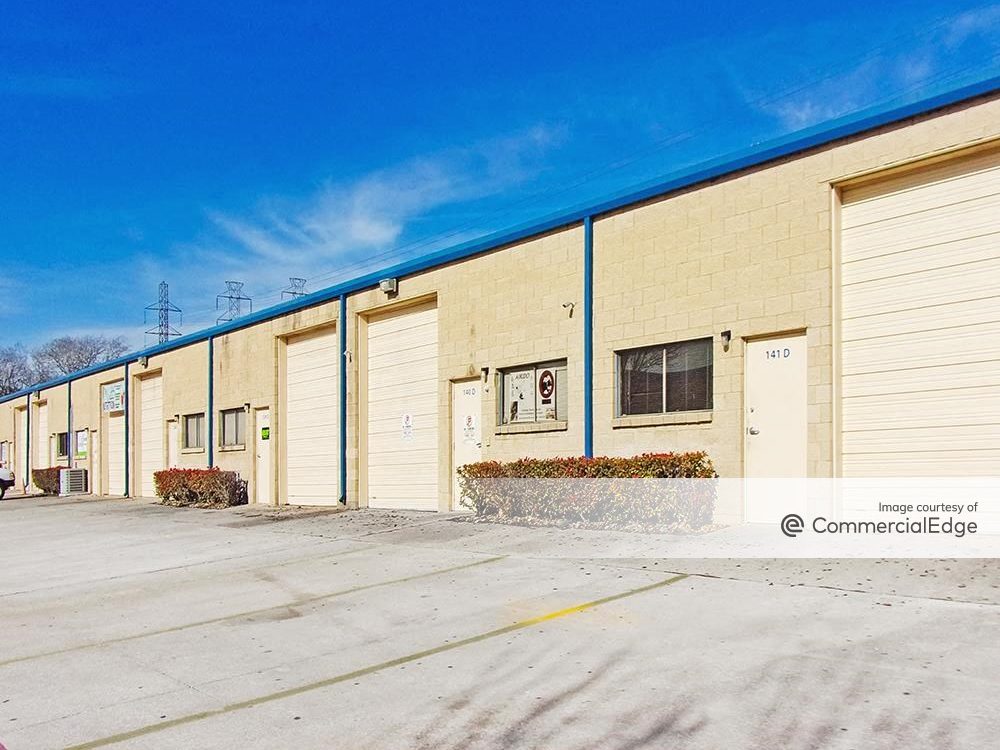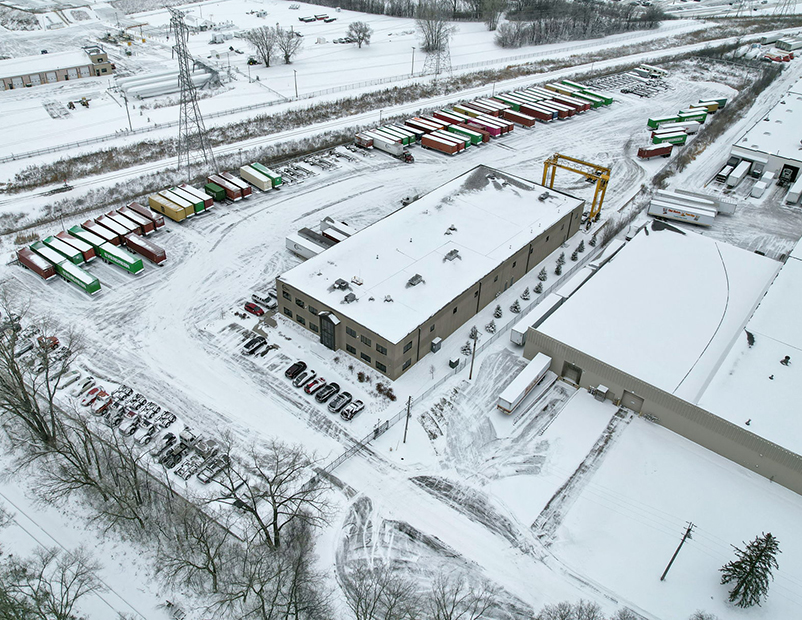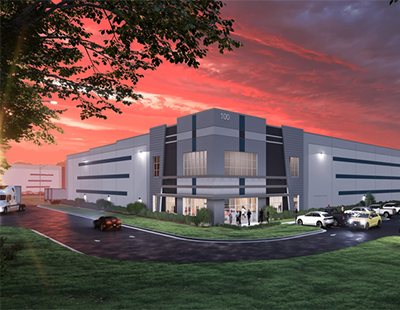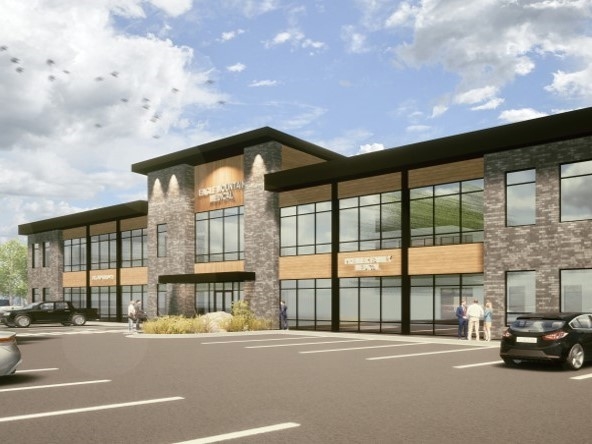Fundamentals Rock Solid in Multifamily, Office Markets
Eight years into solid recovery, should finance and investment professionals smile at their continued good fortune or frown at the thought of the cycle potentially winding down?
By Paul Fiorilla, Associate Director of Research, Yardi Matrix
Commercial real estate historically has been a cyclical sector, and eight years into a solid recovery, players are having trouble deciding whether to laugh at their good fortune or cry at the thought that prosperity is about to come to an end.
Which side of the debate holds true depends to a large extent on the economy, which is going on 100 months without either a recession or outsize growth. Changes in policy last year were tempered by the struggle to pass legislation, but we might finally get a chance to see new budget and tax policies and regulatory changes implemented in the coming year. Much like the overall economy, commercial real estate performance has been consistently good this entire decade, and we expect no major changes to multifamily or office in 2018.
Multifamily rent growth has decelerated, and there are concerns about oversupply, affordability and slowing employment growth in some markets, but the overall picture remains bright. Demand should stay strong due to the growing number of Millennial renters and workers, a favorable employment picture and the quantity of downsizing Baby Boomers. It seems as if Millennials have been a topic for a long time, but they are projected to provide a growing source of demand for apartments through the middle of the next decade.
Similarly, although the office market faces many challenges—such as the trend toward smaller and shared working spaces, less physical storage space needed as information is uploaded to the “cloud,” more people working from home and less slack in the labor force—demand is expected to remain healthy in 2018.
Deceleration was the theme in the multifamily market in 2017, as rent growth declined from above-trend levels in 2015 and 2016 in line with the long-term average. By the end of 2017, average U.S. rent growth was 2.5 percent, where it is expected to stay. This slowdown is largely caused by the wave of supply in metros that might be worse if not for months-long project delays due to the construction labor shortage.
The delays are also enabling occupancy levels to remain elevated longer than they otherwise would have. That gives apartment owners more time to absorb existing space. In metros with heavy construction pipelines, particularly high-growth sections of the Pacific Northwest and Sunbelt, occupancy rates will likely level off or decline less than expected.
Metro performance is separating into several categories. Rent growth has flattened in coastal markets such as New York City, San Francisco and Washington, D.C., where rents have become expensive even for professional workers. After a long period of strong gains, rent growth has decelerated in metros in the Pacific Northwest and Western tech corridor—such as Seattle, Denver, Portland and San Jose. Those metros remain in high demand, but technology job growth has slowed and a wave of supply must be absorbed.
Sunbelt and popular lifestyle metros such as Dallas, Austin, Atlanta, Phoenix, Las Vegas, Nashville and Orlando continue to boast strong population gains stemming from corporate relocations and relatively affordable housing. However, construction of high-end units will put a damper on rent growth in the near term. Houston was suffering from energy sector job cuts and oversupply, but rent growth has rebounded in the wake of Hurricane Harvey, with tens of thousands of units temporarily taken out of commission and apartments filled with displaced homeowners.
U.S. office fundamentals have been strong, with positive absorption helping to produce moderate rent growth in major metros. And while new supply has been kept in check at the national level, a wave of deliveries is on tap in coastal metros where demand has been highest. In Manhattan, for example, nearly 7 million square feet of space is under construction, led by the 2.5 million-square-foot 3 World Trade Center and the 1.4 million-square-foot 55 Hudson Yards. Both buildings are scheduled to come online in 2018. San Francisco has 4.6 million square feet in the works, led by the 1.4 million-square-foot Salesforce Tower, and Washington, D.C., has 3.7 million square feet.
Originally appearing in the CPE-MHN Guide to 2018.






